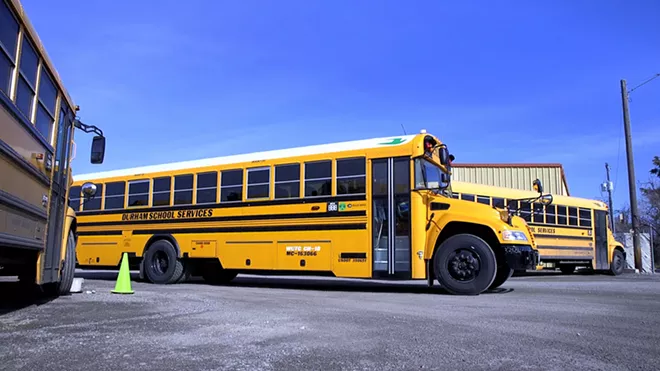At the last two board meetings, the Spokane Public Schools Board of Directors has considered a new school boundary proposal that would change where thousands of students in SPS attend school in the coming years. The proposal before the board not only misses a unique opportunity to further equity for all students through greater socioeconomic integration, but in some cases, it even exacerbates segregation, by class and by race.
Decades of research demonstrate the benefits of socioeconomically diverse settings for all students. These benefits include better academic outcomes such as higher college persistence and graduation rates — especially for low-income students — and social benefits, such as a reduction in racial bias. Just as importantly, the data is very clear on how pernicious the effects of concentrated poverty can be on students and student outcomes. When presented with the chance to reduce the prevalence of high poverty schools, school boards should seize the opportunity.
The proposal before the board came out of a year-and-a-half-long committee process led by external consultants who have urged the committee to prioritize the maintenance of a “cohort model” as the principle priority, whereby the main consideration in boundary decisions is keeping groups of students together from elementary through high school. These consultants claimed in a recent memo to the board that “research indicates” that such a vertical feeder pattern “will create an environment of success for all students, and especially for those most disadvantaged.” This assertion is directly contradicted by research posted to SPS’s website, which states that “low‐achieving students can benefit from mixed or divergent pathways,” as opposed to linear pathways.
As a result of the hyper-focus on cohorts, the proposal estimates that the Free and Reduced Lunch rate (FRL, an indicator of poverty) at Lewis and Clark High School would drop by 11 percentage points to 28 percent FRL. By contrast, North Central’s FRL rate would increase by 12 percentage points to 69 percent FRL, creating a greater imbalance in student demographics and setting the stage for even greater disparities in the future.
Additionally, the proposal would result in three middle schools with a greater than 83 percent FRL student demographic, as well as a higher non-White population than all other middle schools. On the other end of the spectrum, the plan leaves two middle schools with a less than 37 percent FRL rate, and higher White population than all but one SPS middle school.
Defenders of the plan have argued that absent comprehensive “bussing,” there is nothing to be done about the disparities in student populations. However, districts across the country have demonstrated that strategically drawn boundaries, strategic placements of magnet schools and special programs, and innovative enrollment and choice policies can help ensure schools do not recreate the segregation that often exists in housing. Moreover, transportation solutions that add negligible amounts of time to students’ commutes are often cast with the pall of “bussing,” which has historically been used as coded language to prevent integration. For instance, redirecting students from the Indian Trail neighborhood to Shadle Park instead of North Central would likely save an average of five minutes on a bus. Five additional minutes of transportation should not be controversial. Moreover, the plan has students who live across the street from Shadle Park being bussed to North Central, so the tradeoffs made in the proposal are not always logical.
The board of directors passed an equity policy just last year that resolved that “Spokane Public Schools will establish equity policies that guide budgetary processes, operations, and student programming.” What could be more equitable than ensuring schools do not recreate patterns of segregation and provide students of all backgrounds with the conditions that lead to success?
The board of directors meets again on Wednesday night at 7 pm. They should seize this opportunity by redirecting the boundary committee to name socioeconomic diversity as a driving principle in its redistricting process, take the extra time needed to get it right, and present the board with a viable alternative to the plan they have presented. Additionally, the board should make strategic decisions about magnet schools in conjunction with this redistricting effort and not as an afterthought. Taking the shortcut by dismissing these concerns or promising future actions that attempt to compensate for the disparities this plan creates will simply put the district on a path towards greater segregation in the future. ♦
Stefan Lallinger is a parent and former teacher and principal. He is also an Education Fellow at The Century Foundation and on faculty at American University. His doctorate is in education leadership from Harvard University.


















